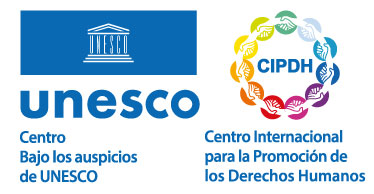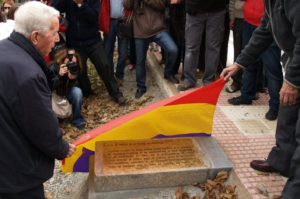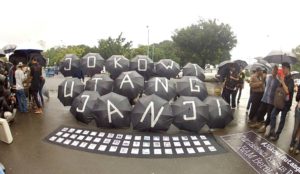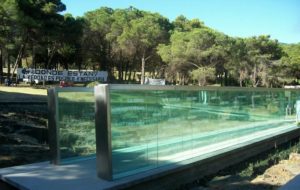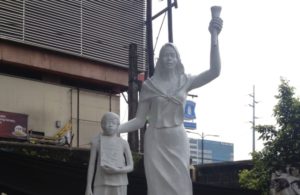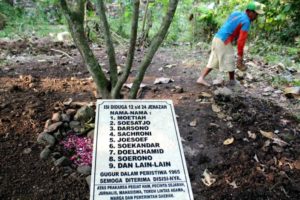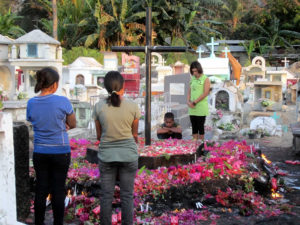Plumbon Mass Grave
Site
Theme: Political persecution

Address
Country
Indonesia
City
Plumbon
Continent
Asia
Theme: Political persecution
Purpose of Memory
The monument honors the people murdered in the city of Plumbon in 1965.
Known Designation
Plumbon Mass Grave
Date of creation / identification / declaration
2015
Public Access
Free
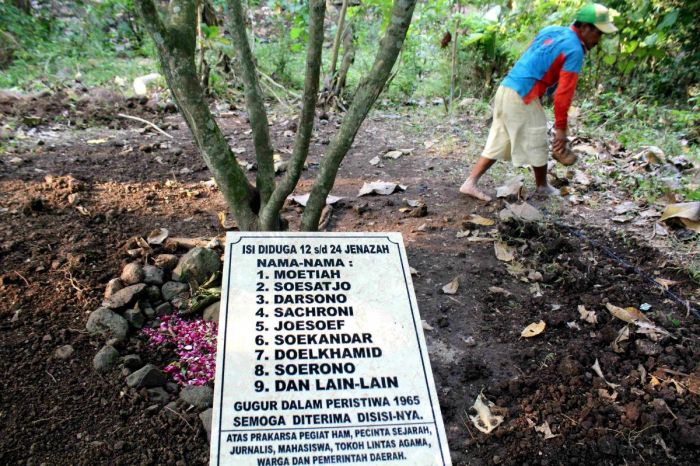
Location description
In the city of Plumbon, Indonesia, there is a monument with the names of the people that were victims of government repression during the 1965-1966 period. The Plumbon mass grave is identified with a rectangular plaque with the inscription of the names of the nine people that were murdered and then buried in a mass grave in 1965.
Since the 17th century, Indonesia was ruled by The Netherlands. At the beginning of the 20th century, an independence movement started to form in the country, and in 1927 a young architect called Ahmed Sukarno founded the Indonesian Nationalist Party, with a social basis in the middle class and peasantry. In the Second World War, the Japanese invaded Indonesia and took around 200 thousand Dutch civilians as prisoners. During the occupation period, Sukarno’s leadership grew stronger and he was authorized to spread his nationalist speech. In August 1945, immediately after Japan surrendered, Sukarno declared the country’s independence and became the first president of the Republic of Indonesia.
In October 1956, Sukarno established a government system called a “guided democracy”, which removed political parties and established an alliance between nationalists and communists. As from 1960, the government remained in power based on the constant confrontation between the armed forces and the Communist Party of Indonesia (PKI).
On 30 September 1965, six Army generals were murdered in a failed coup, attributed to the PKI. The Army started a violent anti-communist campaign under the command of general Muhammad Suharto, who was the Head of the Armed Forces. The repressive process, which lasted a year, left between five hundred thousand and one million victims. In the forty days after the attempted coup, the military published a book where the PKI was held responsible for the violent actions.
In light of the pressure exerted by the Army, in February 1967, president Sukarno handed over all the powers to general Suharto, who established an authoritarian regimen called “New Order”. During Suharto’s government (1967-1998), the killings that took place in 1965-1966 were described in school history books with the generic term of “crushing the PKI”.
The collapse of Suharto’s regime in 1998, in the context of the Asian crisis, marked the beginning of a democratic process. Once media restrictions where lifted, discussions about the official version of the attempted coup and about the killings and incarcerations of 1965-1966 began.
From 1998, the recent history of Indonesia began to be discussed. Former political prisoners published their experiences or gave testimonies in documentaries. Also, several NGOs and independent research groups started to investigate the mass violence of 1965-1966. The process of historical reconstruction and recognition of victims developed gradually and faced strong opposition. In 2000, the first burial of victims’ remains recovered from a mass grave in Wonosobo (Central Java Province) was violently hindered.
The mass grave located in the city of Plumbon (West Java Province) became the object that received the greatest public attention. In 2013, a group of students of the Soegijapranata Catholic University identified the site. A year later, students from the Diponegoro University joined the project and managed to identified some of the victims after interviewing witnesses. In November 2014, the site was presented in a news program by national television station Trans 7. On 1 June 2015, a tombstone bearing eight names was erected. It was the first state recognition of the large number of mass graves in Indonesia. The initiative, promoted by students and activists, was joined by citizens, religious authorities and municipal officers at the moment of inauguration. The tombstone is signed by the government, so it is the first officially recognized commemorative marker of the 1965 killings. In turn, the place was officially reclassified as a tomb. The stones that originally marked the presence of the bodies remain in their place. The Perkumpulan Masyarakat Semarang untuk Hak Asasi (Semarang Society for Human Rights in Indonesian), which carried out the marking, seeks to identify other graves and provide funeral rites to victims throughout Indonesia.
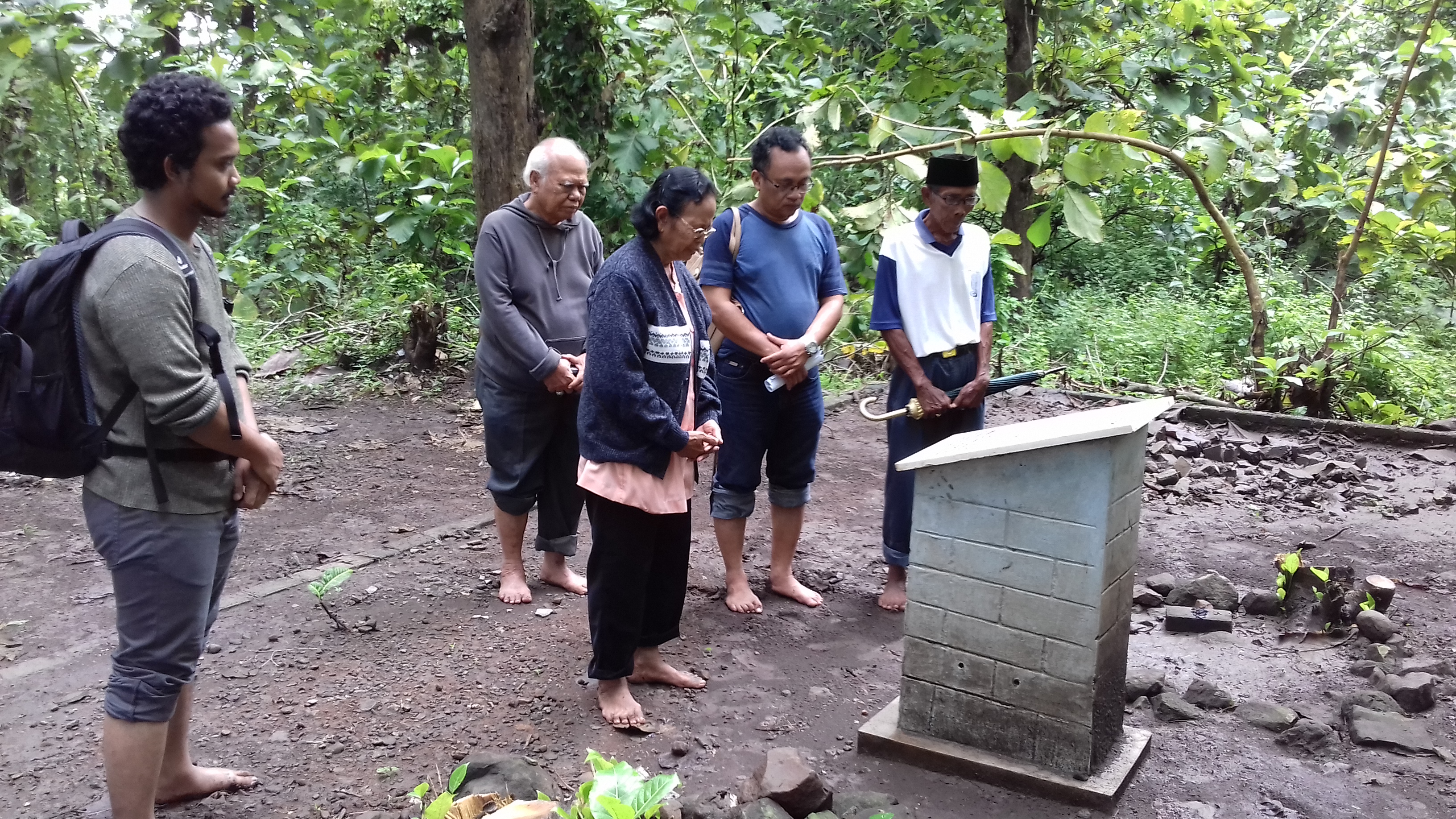
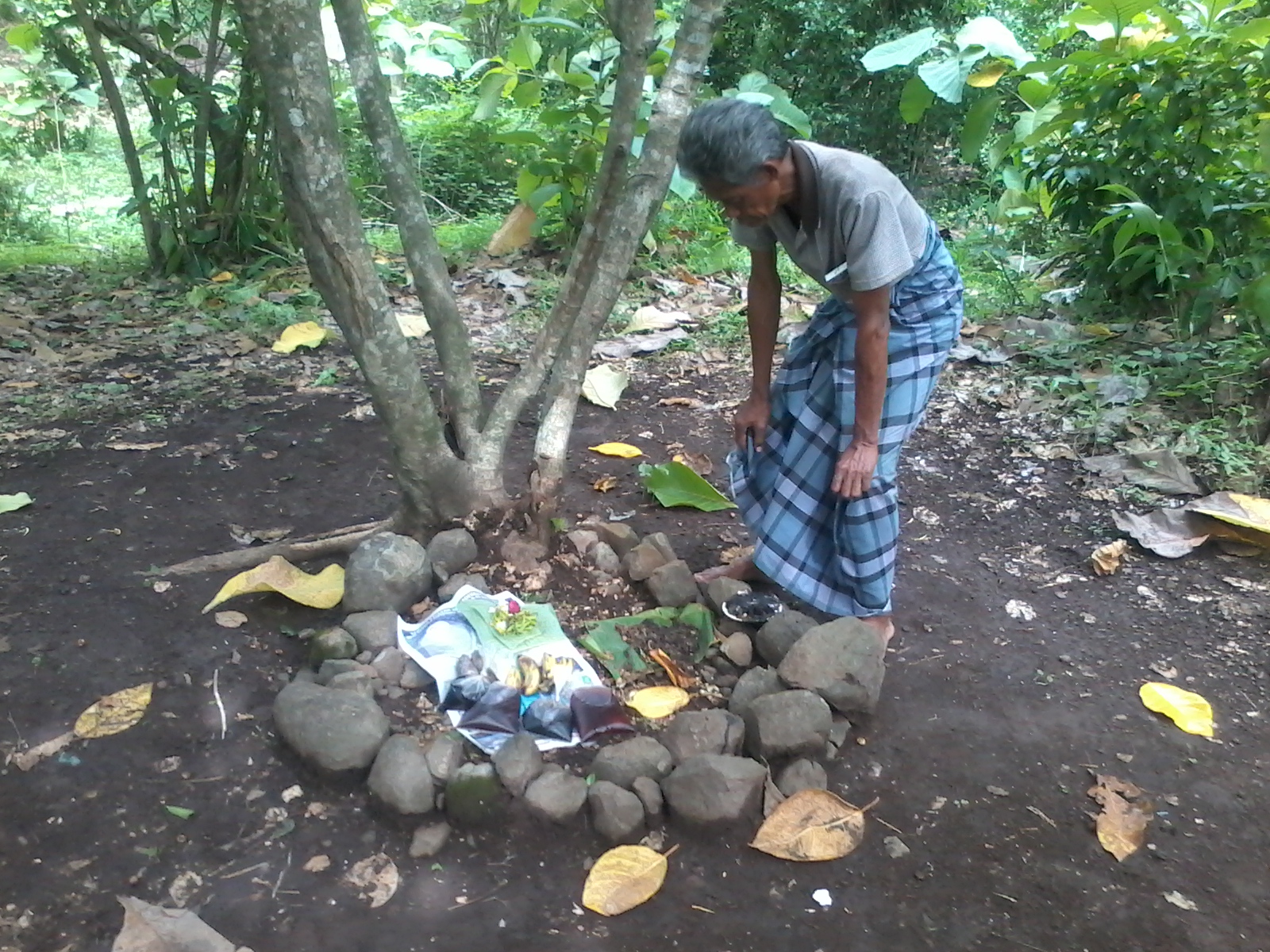
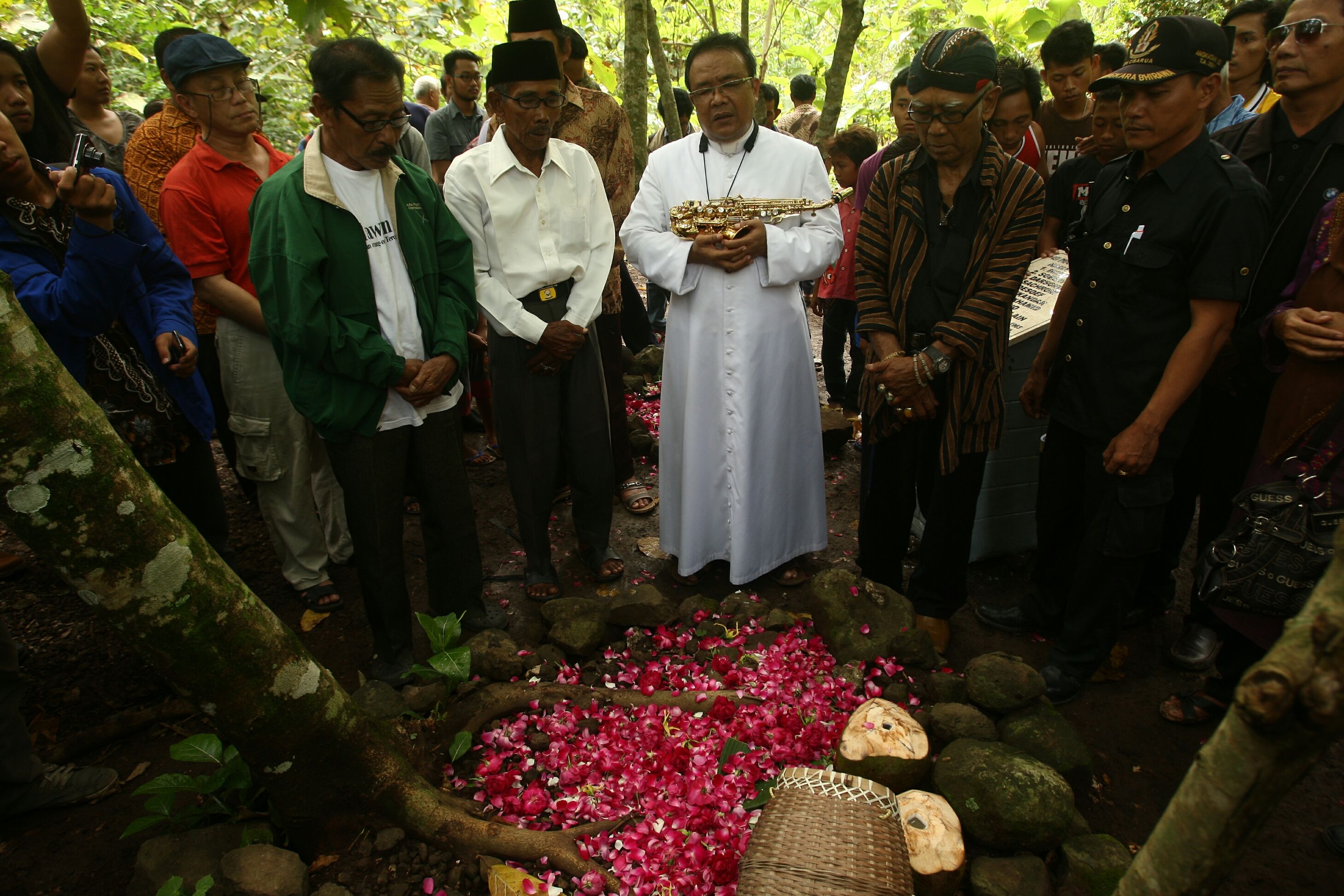
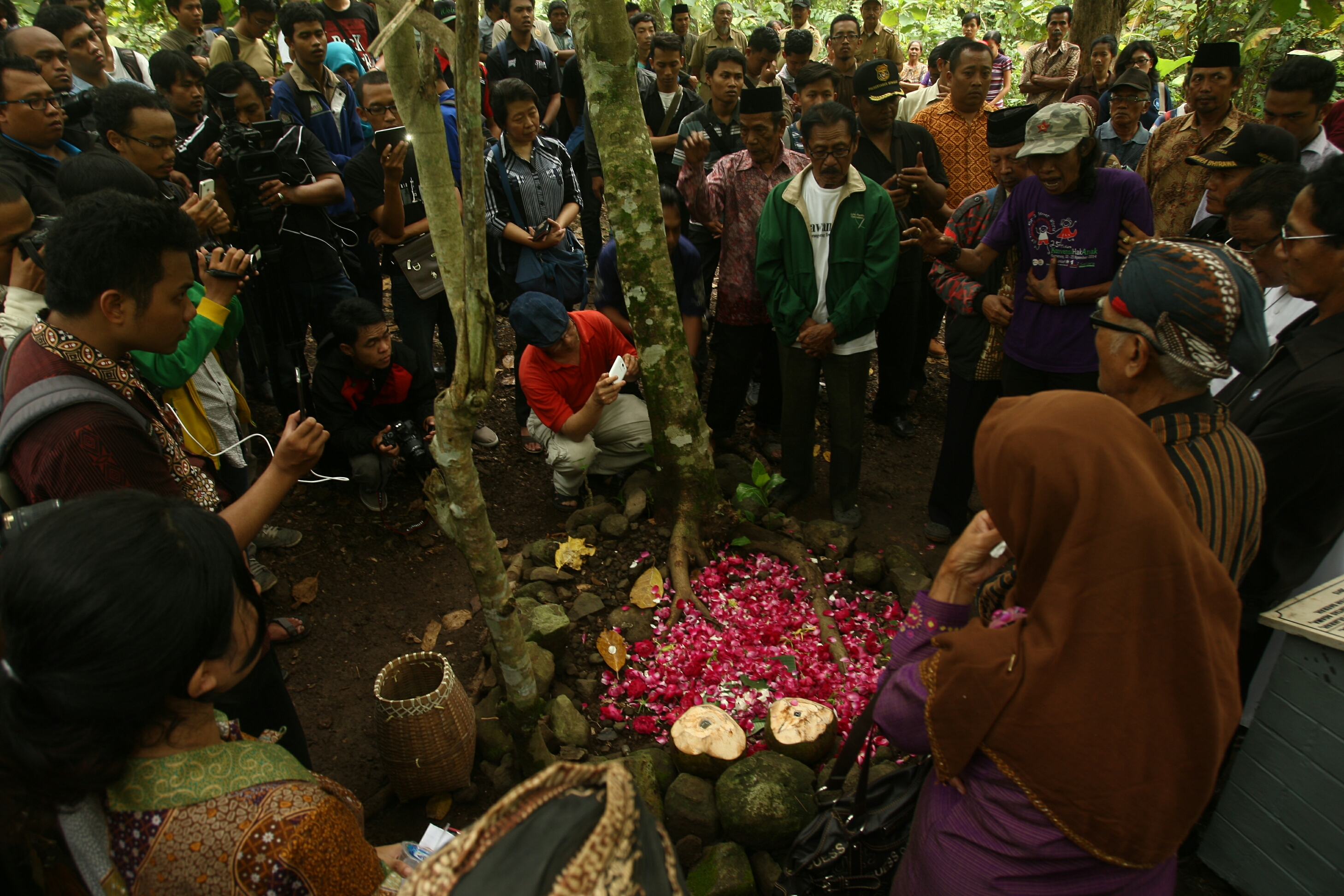

Organization in Charge - Main Referent
Semarang Society for Human Rights (PMS-HAM)
